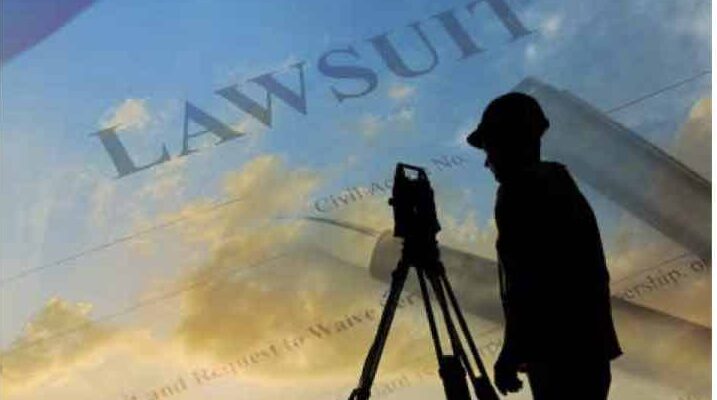What’s up with rewriting legal descriptions? There seems to be a growing push from the title companies to have legal descriptions rewritten for little or no good reason.
In my 38 years as a licensed surveyor I can remember but a few instances when rewriting a metes and bounds description was truly warranted and recommended, and never a reason to turn a lot and block description or a sectionalized aliquot part description into a metes and bounds. It makes me wonder what is driving this madness and worry about a surveying profession that so easily capitulates and even willingly participates in this foolish and nonsensical endeavor.
The worst reason for rewriting a metes and bounds description—and the one that seems to be the most prevalent—is when the measurements resulting from a recent survey do not match the bearings and distances in the record title documents. The fact is new measurements will never, and can’t match, what is in the deed because we do not operate in a vacuum.
At some level there will always be a conflict between the measurements we make on the ground when retracing boundary lines and the description of the same property in the recorded deed. The first question that generally comes up in such a situation is: How close is close enough? However, this is a question that the courts generally do not ask because it is irrelevant.
When a boundary dispute goes to court the only relevant question to be asked and answered is: Where is the property line between the plaintiff landowner and the defendant landowner? Every court case has an “ultimate issue” and in a boundary dispute case this is the ultimate issue. The deeds and the legal descriptions of the respective properties are merely evidence to be considered in pursuit of the answer to the ultimate question. It is not the job of the legal description to answer that question all on its own. Rightly seen, the only role of the description of property is to point the way to where the property actually exists on the ground.
“It is not the office of a description to identify the premises, but to furnish the means by which they can be identified.”
And a legal description is legally sufficient if a competent surveyor can find the property on the ground by way of that description.
“This court has ruled that any description by which the property might be identified by a competent surveyor with reasonable certainty, either with or without the aid of extrinsic evidence, is sufficient.”
Too often surveyors devise their own solutions to the seeming dilemma between what the title documents say and the resulting survey measurements. One common solution is to drive new pins in the ground to match the deed measurements. Another solution is to ignore the differences because the surveyor deems the measurements to be “close enough.”
My favorite example is what I refer to as a “fallings survey.” This is where the legal description is plotted to the letter and then placed on one found monument, everything else is then rotated to the deed bearing on one chosen line and every property corner ends up being a paper corner with “fallings” to found monuments near each one. All of these supposed solutions lead to one question. Is the legal description incompetent or is the surveyor?
The title attorneys are no better than the surveyors at dealing with this issue. The basic problem for the title attorneys is they do not understand the difference between title to property (a legal question) and the location of the property on the ground (a factual question). They want to turn the factual question into a legal issue. Here is an actual e-mail exchange between the attorneys working on a closing and the title/location dilemma.
“I assume that you’re going to want to take title via a limited warranty deed for the record legal and a quitclaim deed for the survey legal. [The surveyors] just need to go through the exercise of drafting a metes and bounds legal.”
They are talking about a survey that I performed where we correctly retraced the existing property boundary and showed the title dimensions of the property and our survey measurements along the same property lines. What is there it quitclaim if we surveyed the same property described in the deed?
“The mere matter of locating the boundary of lands, however, does not involve the title. It relates only to the limit to which the land covered by the title extends.”
Precisely.

